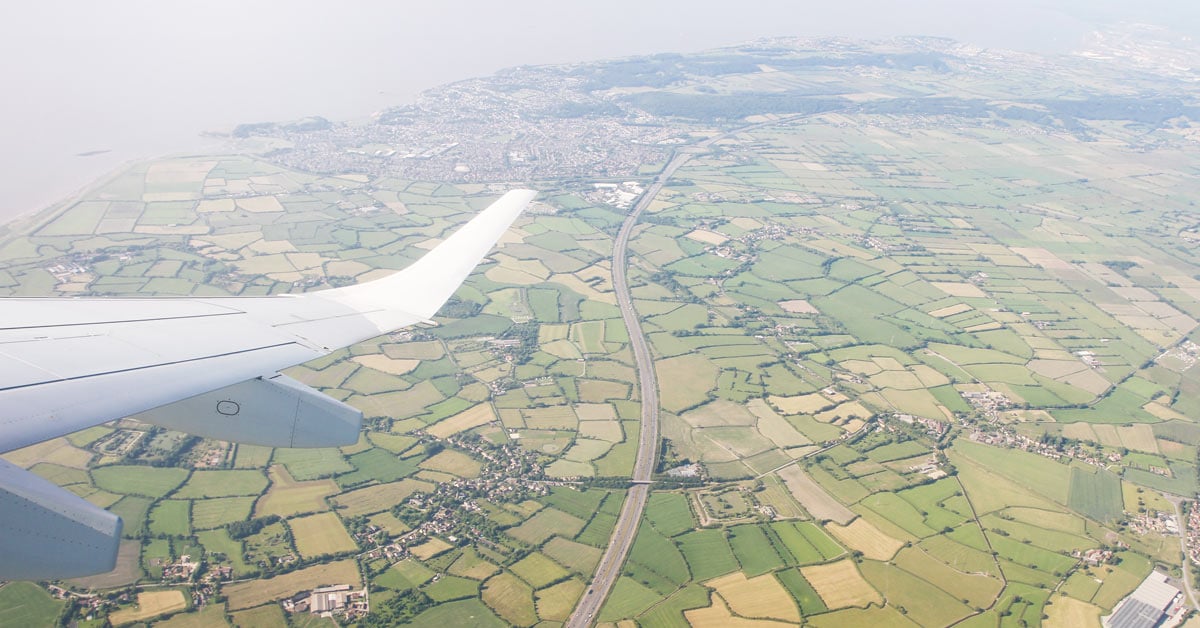3 min read
Sweden Forestry Update: Major Sawmill Investments Focus on Future
ResourceWise
:
Sep 15, 2023 12:00:00 AM

ResourceWise tracks major updates and developments across the global forest products value chain. We’ve compiled several recent developments from Sweden as the country continues expanding its own global footprint in forestry.
Swedish Sawmill Firms Investing Millions into Facility Upgrades
Despite market declines in Nordic countries like Finland, Swedish sawmill owners are investing big for the future.
The mills are using profits earned in more lucrative years to reinvest into their mill operations. Upgrades include increased capacity and more efficient processing of timber.
A few examples of mill investments include the following:
Nordic Paper
Nordic Paper is investing $79 million into its Bäckhammar mill.
The major point of change is a new wood room which can better source raw materials and improve overall production efficiency. New filtration systems will help drastically lower dust emissions into the air.
Altogether, these improvements will situate Nordic Paper for significant increases in wood product output in the coming years.
Vida
Vida Sawmill Group, the largest sawmill operation in Sweden, is heavily investing in further growth across its facilities. Expansion plans are either already in place or currently in the works for several locations.
- Borgstena: Located in Borås, recent investments have boosted production capacity to 420,000 m3 per year. This marks a 140% increase from its 300,000 m3 volume. The vaulted capacity will add up to 20 staff to help meet demand.
- Alvesta: Alvesta's mill is actively working on production capacity increases from 50,000 m3 to 275,000 m3 per year, a staggering 550% change. Current plans aim to finish this outfitting some time in 2023.
- Vislanda: The very first Vida sawmill, Vislanda has recently focused its efforts on improving operational efficiency. Thanks to these efforts, annual capacity now sits at 330,000 m3, a 10% increase in potential output.
Increases in capacity will assuredly add new jobs to these mills, which is always a good thing. However, some experts believe these future-facing investments are hitting the upper limits on harvesting in Sweden and nearby forests.
Scarcity in timber already factors into pricing models and trends in Sweden. As a result, increased utilization will likely lead to even tighter competition among the mill operators across the region.
ResourceWise will continue to track this pricing data through our online analytics platform, WoodMarket Prices.
Global Telecom Firm Ericcson Adopts Sustainable Wood-Fiber Packaging
Global telecommunications firm Ericsson has announced a shift to sustainable, wood-fiber based packaging for their Ericsson Remote Radio products. Previous shipping materials used plastic packaging (oil-based). The change reduces the plastic amount to less than 1%—a significant change in favor of renewables.
Packaging materials continue to play a vastly important role across the global supply chain. Changes like this one reflect a growing push to hit sustainability targets and reduce the reliance on products like plastic or Styrofoam.
As we see more wood product-based shipping and packaging materials, we’ll also see an increased demand for these products. Countries like Sweden may see additional wood demand to meet these growing needs.
University of Lund: Managed Secondary Forests More Sensitive to Drought than Primary Forests
Research out of the University of Lund has shed some light on forest strength and robustness. Prior to this study, there was no direct analysis in drought sensitivity between primary (old growth) and secondary (managed, limited diversity) forests. Their findings show a stark contrast in overall sensitivity to the growing problem of drought conditions.
The researchers used data from a significant 2018 drought in Sweden to measure forest sensitivity to the conditions. Using satellite maps, they monitored forest conditions in 300 primary forests and their surrounding secondary ones.
Overall, the primary forests were able to sustain their vegetation much more effectively than secondary.
Researchers are investigating the underlying reasons why this may be the case. A few potential reasons include the following:
- Primary forests are larger and older with deeper roots and wider growth diversity.
- Undisturbed ecosystems without ditching or other human interventions can naturally retain water better than secondary forests.
- Species diversity in trees and underbrush compared to uniform secondary forests may offer more protection from drought conditions.
More analysis must be done to better understand how natural forests resist these dry conditions. That information could help improve the development and principles guiding managed forestlands. This data will be imperative to better address the growing risk of extreme weather events like droughts affecting global forests.
Swedish Lumber Exports See Record Shift to US Market
Sweden’s continued globalization has positioned the country as a major exporter of forest products. In earlier times, forest-rich areas like Sweden would export mostly to areas that lacked this resource to help supply their markets. However, Swedish exports have expanded into areas far beyond this relatively simple dynamic.
Even just 15 years ago, most of Sweden’s exports were supplying only the European market. Recent reports show that the numbers have moved—from 80% as European exports to just 55%.
The main share of the change came from the shift to US exports. In fact, WoodMarket Prices data shows that Sweden has increased their lumber shipments to the US at record levels.
Want to learn more about the Swedish market and the shifting exports to the US?
Download our Market Insights report from Hakan Ekstrom, ResourceWise's Special Advisor, International Forest Products Sector.



